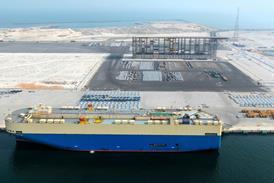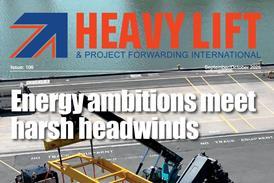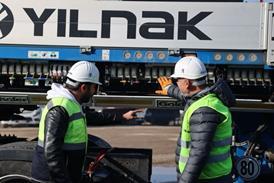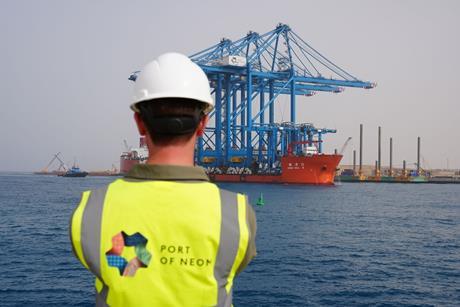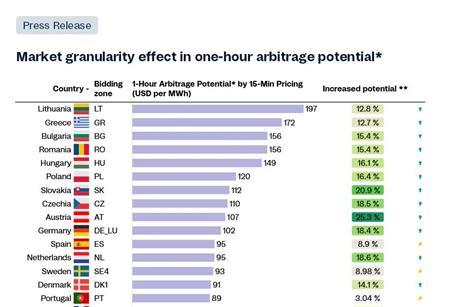Insight
Red Sea reopening enters wait-and-see phase as carriers weigh risks
A fragile ceasefire and mixed signals from the region have put the Red Sea reopening into a wait-and-see phase. BBC Chartering is taking a measured approach, stressing that safety must be assured before any return, while Drewry warns that a gradual restoration of traffic through Suez could squeeze breakbulk carriers as competition intensifies with container lines.
Plenty of positivity in Polish heavy lift market
From offshore wind and nuclear energy developments to major port expansions and infrastructure investment, Poland offers no shortage of opportunities for project logisticians – and the outlook is undeniably bright. Mike Bryant reports.
Long read: The most difficult and complex market to contract in
A wave of high-profile UK government announcements – from nuclear plants and floating wind farms to airport expansion – paints a picture of progress. Yet, the reality for those tasked with delivering the country’s project cargo is one of delays, spiralling costs and mounting bureaucracy. David Kershaw reports.
Record-breaking year for Jebel Ali port
Jebel Ali Port in Dubai is one of DP World’s flagship facilities and is a significant gateway in the Middle East. Joshua Allen spoke with the company about its record-breaking year, ongoing investments and the role of technology in shaping the future of port operations.
Port of Neom: Aiming to set a global benchmark
Saudi Arabia’s port of Neom, situated on the Red Sea, has rapidly expanded its general and project cargo handling capacities. Joshua Allen reports.
Australasia: Project potential offered by port developments
Ports across Australasia and the Pacific are seeing major investment, from Flinders Adelaide’s expansion to PNG’s Kimbe rehabilitation and New Zealand’s revived Northport rail link. Governments are steering infrastructure policy in WA and Queensland, while Australia’s energy transition pipeline gains new silica, CCS and renewable projects. At the same time, Bass Strait decommissioning gathers pace, underlining both renewal and retirement across the region’s maritime landscape.
Growth in focus for DHL IP
Amid shifting market conditions and leadership changes, DHL’s Industrial Projects division is keeping its sights firmly on growth.
Bridging the skills gap in project forwarding and heavy lift
With young people hesitant to join an industry often perceived as unglamorous, project forwarders face mounting recruitment challenges. While traditional on-the-job training remains vital, innovations such as virtual reality simulators are helping to attract new talent and prepare the next generation for high-risk operations. Chris Lewis reports.
Hanging on to what they’ve got
Recruitment in the heavy lift and project freight forwarding sector is sluggish, according to leading practitioners in the field. With the outlook uncertain, people in good roles are tending to stay put, rather than seek greener grass elsewhere. Chris Lewis reports.
Germany makes inroads in easing heavy transport bottlenecks
Germany’s ageing transport infrastructure has made the movement of heavy and oversize cargoes around the country particularly challenging in recent years, with long waits for permits commonplace. However, recent developments, including updated transport regulations and a massive infrastructure spending package, should spark improvements. Daniel Searle reports.
RUD integrates Ox Worldwide to tackle heavy challenges
With nearly 150 years of engineering heritage, RUD continues to evolve its under-the-jib lifting solutions to meet the demands of modern industry. The company’s portfolio has now expanded with the integration of OX Worldwide into the mix.
pewag builds momentum
With the aim of providing a streamlined service whilst keeping a spotlight firmly on safety, efficiency, and adaptability, pewag group united its UK brands under one umbrella in March 2025: Modulift by pewag, Load Monitoring Systems (LMS) by pewag, and pewag UK. The following month, it acquired Aberdeen Web. Joshua Allen finds out how the the integration has progressed and learns more about the venture’s latest products.




